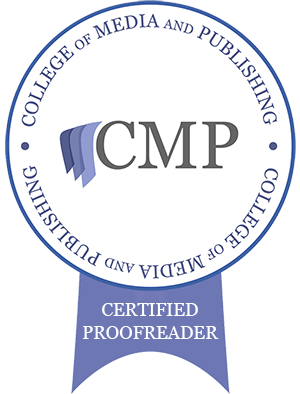
Apostrophes – an easy guide to using them properly!
Ah, the apostrophe, the bane of many a writer’s life. An elevated comma? Or an important punctuation mark that is chronically misused? It is definitely the second one. Apostrophes are commonly used where they shouldn’t be and not used when they should be. So welcome the the first part of punctuation, where we talk about how to use punctuation properly, beginning with how to use apostrophes.
There are three main situations where an apostrophe should be considered. Simply put, the apostrophe is a punctuation mark that is used to indicate possession or to indicate where missing letters should be in contractions. There are a few rules regarding placement of apostrophes in certain situations which we will cover in detail below.
First use of the apostrophe: Contractions
Contractions are shortened words or phrases used for ease of speech or writing. They are extremely common in both written and spoken English and the majority of people know what they mean. However, using contractions can cause confusion at times, and it can lead to misuse of contractions. Do you know the difference between ‘your’ and ‘you’re’? We’ll be covering this in a later post in more detail, with useful ways to remember which one to use.
Contractions are great, and for most casual written content it is perfectly okay to use them. However, they are considered quite informal so they should definitely be avoided in formal letters, formal writing and academic writing. Here’s a few examples:
- don’t = do not
- doesn’t = does not
- should’ve = should have (by the way, it is not “should of”. Ever!)
- it’s = it is
- ’tis = it is
Note the last two mean the same thing, but a different ‘i’ is omitted. The apostrophe goes where the missing letters should be. One apostrophe is all that is needed, even if you’re dropping ten consecutive letters, which would be an impressive contraction if you can do that!
Second use of the apostrophe: Possession
No, not the demonic kind. The belonging kind. Apostrophes are used to indicate possession. They are used after nouns and indefinite pronouns such as: the man’s house, the dog’s bone, the tree’s leaves. It should also be used after plural nouns that do not end in ‘s’: people’s, women’s, children’s. If the noun ends in an s sound, the extra ‘s’ can be left out if it makes the word more awkward to say and the apostrophe placed after the word.
For plural nouns that end in ‘s’, the apostrophe should be placed alone at the end of the word to indicate possession: puppies’, classes’, horses’. It should also be used when stating a period of time: three days’ time, ten weeks’ time. This form of apostrophe use also applies to singular nouns ending in ‘s’ or ‘z’ followed by the word ‘sake’: for goodness’ sake (taken from New Hart’s Rules, the Oxford Style Guide, Oxford University Press).
Apostrophes are not used with possessive pronouns such as ‘yours’, ‘hers’, and ‘theirs’. Remember ‘its’ is the possessive form of ‘it’, while ‘it’s’ is a contraction of ‘it is’. For more on pronouns, see a previous post here where I discuss pronouns and how to use them properly.
There are specific rules and conventions for proper names and phrases where apostrophe placement matters. If in doubt, look it up and double check. I like the Blue Book of Grammar as it’s easy to use. Check the apostrophe rules here for more details and examples.
Third use of the apostrophe: Plurals?
Sneaky heading here, as you should not be using apostrophes to create plural words. This is sometimes known as the “greengrocer’s apostrophe” and it is incorrect. Apostrophes are not needed when making plurals of names, numbers, abbreviations and words being used as nouns when they are not normally nouns.
For example: ‘dos and don’ts’ is correct. ‘do’s and don’t’s’ is incorrect. The first sentence contains a correctly used apostrophe in the contraction.
There are some situations where you would want to use an apostrophe, usually using symbols, letters or numbers as objects. For example: “mind your p’s and q’s”. In this case, the apostrophe gives clarity to the objects of the sentence, saying “ps and qs” would be very confusing. Readers might figure out what you mean, but people who haven’t heard the phrase and people for whom English is not their first language would be very confused.
Thank you for reading. Go forth and use your apostrophes properly!




Leave a Reply